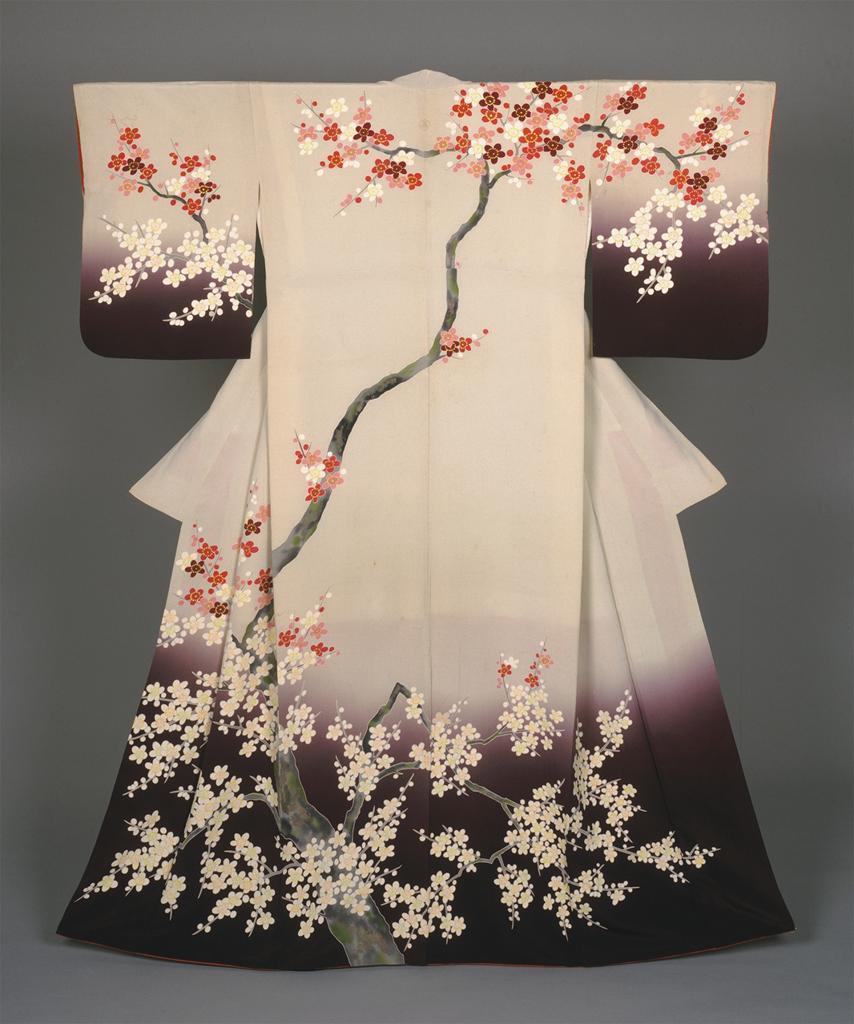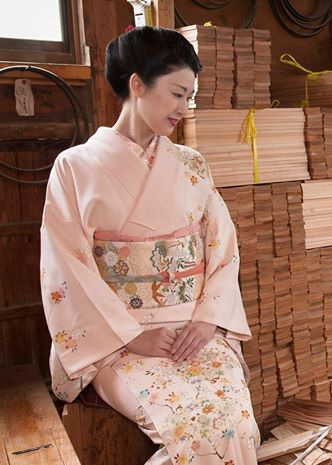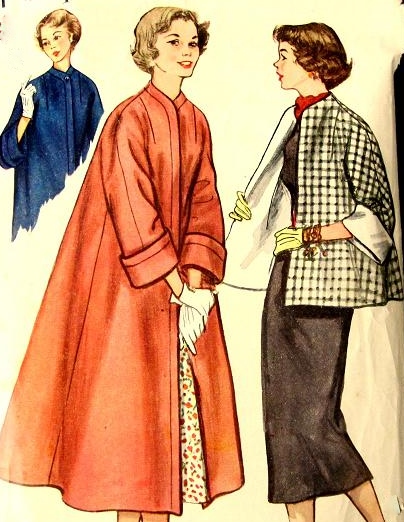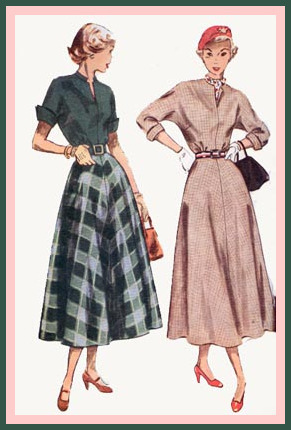UPDATE: Now Showing 2017 Cherry Blossom Collection! Click here for Shop
Washington's annual Cherry Blossom Festival celebrates Japan's gift of cherry trees to the United States over a century ago.
What does this mean at Anikka Becker?
As spring gets underway we take our cues from the traditional Japanese robe, the kimono. As part of the Cherry Blossom Countdown, today we'll focus on the kimono sleeve. These photos of traditional Japanese robes show the simplicity of this full, rectangular sleeve. But a closer look shows that the shoulder seam is a straight line, parallel to the ground. When the arms are lowered to a more natural position at the sides of the body, a large amount of fabric wrinkles under the arm. It requires the deep armhole of the traditional kimono to minimize the discomfort associated with this change in arm position. Such a deep armhole doesn't allow a whole lot of movement.
How to adapt this sleeve to a more active, modern wearer? The angle of the shoulder is lowered, thus allowing the arm to assume a more natural position closer to the sides of the body. This modern adaptation of the traditional kimono sleeve became popular in womens wear in the 1950s. You can identify it because there is no seam at the armhole; it is cut as a single piece with the bodice. Sometimes it's called a cut-on sleeve.
The modern kimono or cut-on sleeve stands out with a graceful shoulder line. The shoulder seam, which extends from the neckline to the bottom of the sleeve, adds interest.
The sleeve may be emphasized with detailing such as a cuff or vent.
Stay tuned for Anikka Becker 2017 Cherry Blossom Celebration, featuring the kimono sleeve.
We launch when the blossoms peak, March 19-22!





